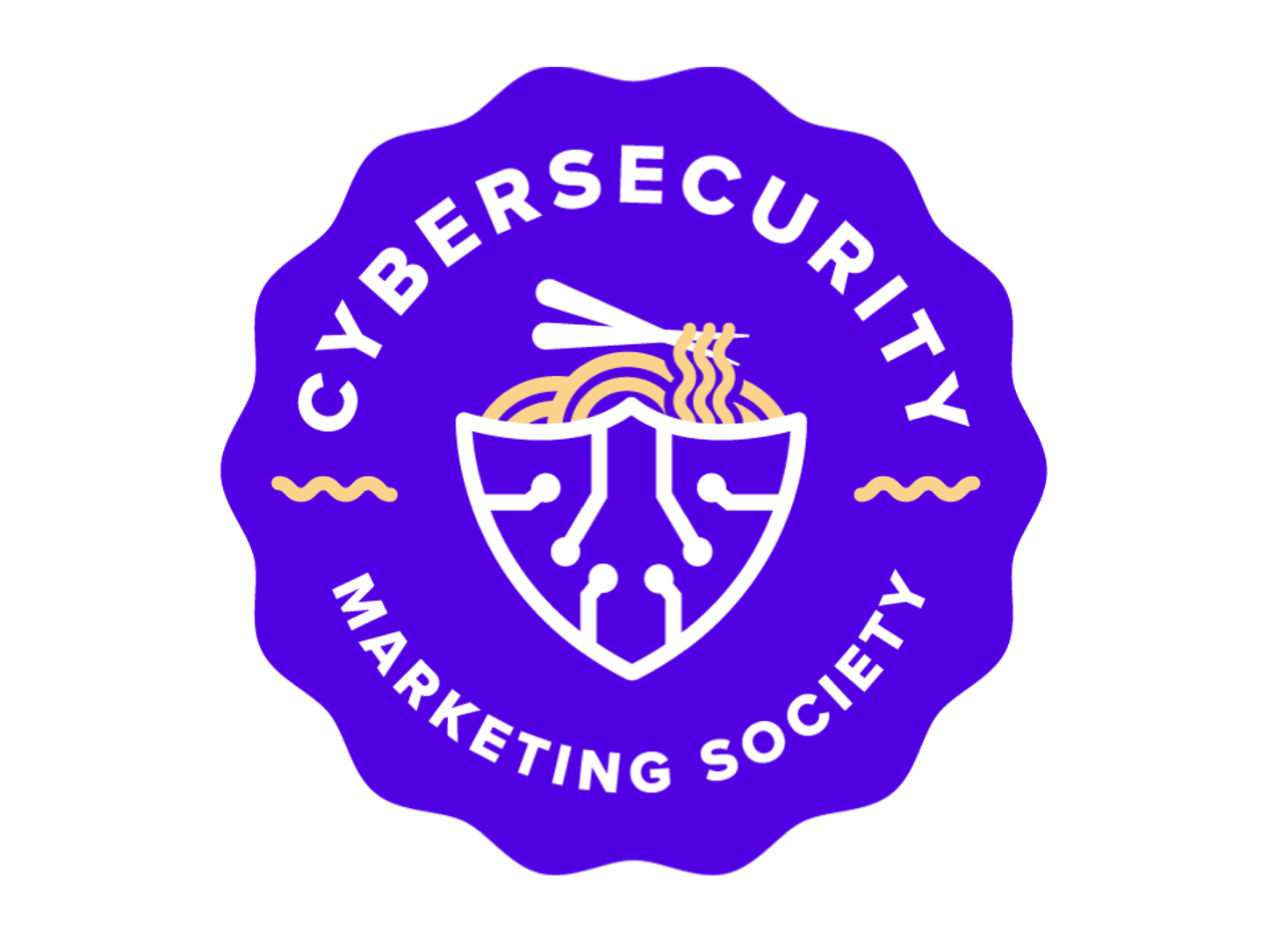We’re privileged to have Mary Yang, CMO of LookingGlass Cyber Solutions, on Episode 5 of “Breaking Through in Cybersecurity Marketing”! Mary shared her experiences as she tackled what it’s like to have market to the government, or “govvies” as they are fondly called in their field.
Ethical Standards Affecting Government Marketing Efforts
The biggest difference between marketing to the government and marketing to the private sector is what is referred to as ethical standards.
According to Mary, govvies typically have a $25 limit for what they can accept as a gift from companies. Therefore, it is illegal for them to take products and services from companies for free, if they perceive those products or services to be worth more than the $25 limit. In Mary’s experience, a govvy has gone so far as refusing a car ride because of these strict regulations.
Content Marketing: the Best Way to Market to Government Cybersecurity
For Mary, the best way to market to the government is through content marketing. Because there’s an ethical threshold for giveaways, marketers can succeed in reaching govvies by leveraging content instead.
Understanding the audience and developing personas of those involved in the buying decision will help make your content more effective. This approach is similar to marketing in the private sector.
Another reason why cybersecurity marketers should focus on content marketing is there are contracting officers and procurement specialists who are searching for alternatives to their current vendors and software. Strong content can help you be invited into the RFP process.
In the RFP process, because your company’s content and your competitor’s content are public, you may notice that their verbiage or your verbiage ends up in the RFP questions! It can sometimes be easy to check if competitors are involved in the process based on this.
The NIST Cybersecurity Framework
In content marketing, marketers should want to speak the same language as their audiences.
Mary recommends the NIST Cybersecurity Framework for all cybersecurity marketers. It’s a useful technical document that helps organizations understand and improve their management of cybersecurity risk.
Even if a marketer’s niche is not in the government space, the document is still helpful as it is adopted by the critical infrastructure sector and private sectors too.
There is no need to be intimidated by the document’s technicalities because it was written with the goal to be understood. Mary even says that it is fairly easy to consume, and shorter than you think because many of the pages are appendices.
Challenges within Federal Government Marketing
For Mary, aside from the $25 ethical limit, the biggest challenge in her niche is how few customers can give a testimonial. When they do, it’s necessary to anonymize everything that’s said.
The government tries to remain neutral by not endorsing a company from the private sector. When govvies are invited to speak at events, there’s a lot of logistics involved in making sure that they appear neutral.
It’s still possible to have success stories and case studies from experts in this field, but expect that more than half of the time, they will not be approved. Even when that happens, interviewing, drafting, writing, and producing for other testimonials should still continue, in the event that it does result in a successful case study!.
Conclusion
Mary shared interesting insights about marketing to the government. Content marketing works best, but there are many ethical considerations to account for, especially when it comes to giveaways and testimonials. Despite the challenges and setbacks, she still encourages marketers to keep going, and finds it a rewarding and interesting field.
Listen to the full episode on Apple Podcasts, Spotify, Hacker Valley Media, or wherever you get your podcasts!

Recent Comments